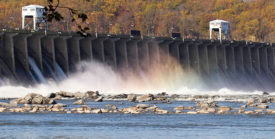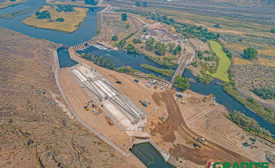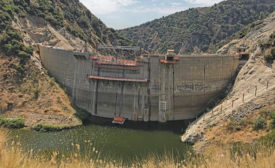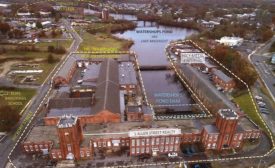Home » Dam
Articles Tagged with ''Dam''
Dams
Collaboration Yields Funds for Dam Safety and Upgrades
Groups often at cross-purposes find common ground in funding hydropower projects
Read More
Best Projects
Best Project Water/Environment/Project of the Year Finalist Lock and Dams 24 and 25 Miter Gate Anchorages
November 12, 2021
Water & Dams
Project Team Modernizes Historic Springfield, Mass., Dam
Constrained space on the $3.6-million Watershops Pond Dam overhaul challenges GZA and its team
Read More
Investigations
Michigan Dam Failures Caused by Rapid Liquefaction of Downstream Sand Embankments
2020 Failures do not initially look as if FERC, Boyce Hydro dispute over maintenance was a factor
Read More
The latest news and information
#1 Source for Construction News, Data, Rankings, Analysis, and Commentary
JOIN ENR UNLIMITEDCopyright ©2025. All Rights Reserved BNP Media.
Design, CMS, Hosting & Web Development :: ePublishing














